Home>Garden Essentials>When To Put Down Bermuda Seed
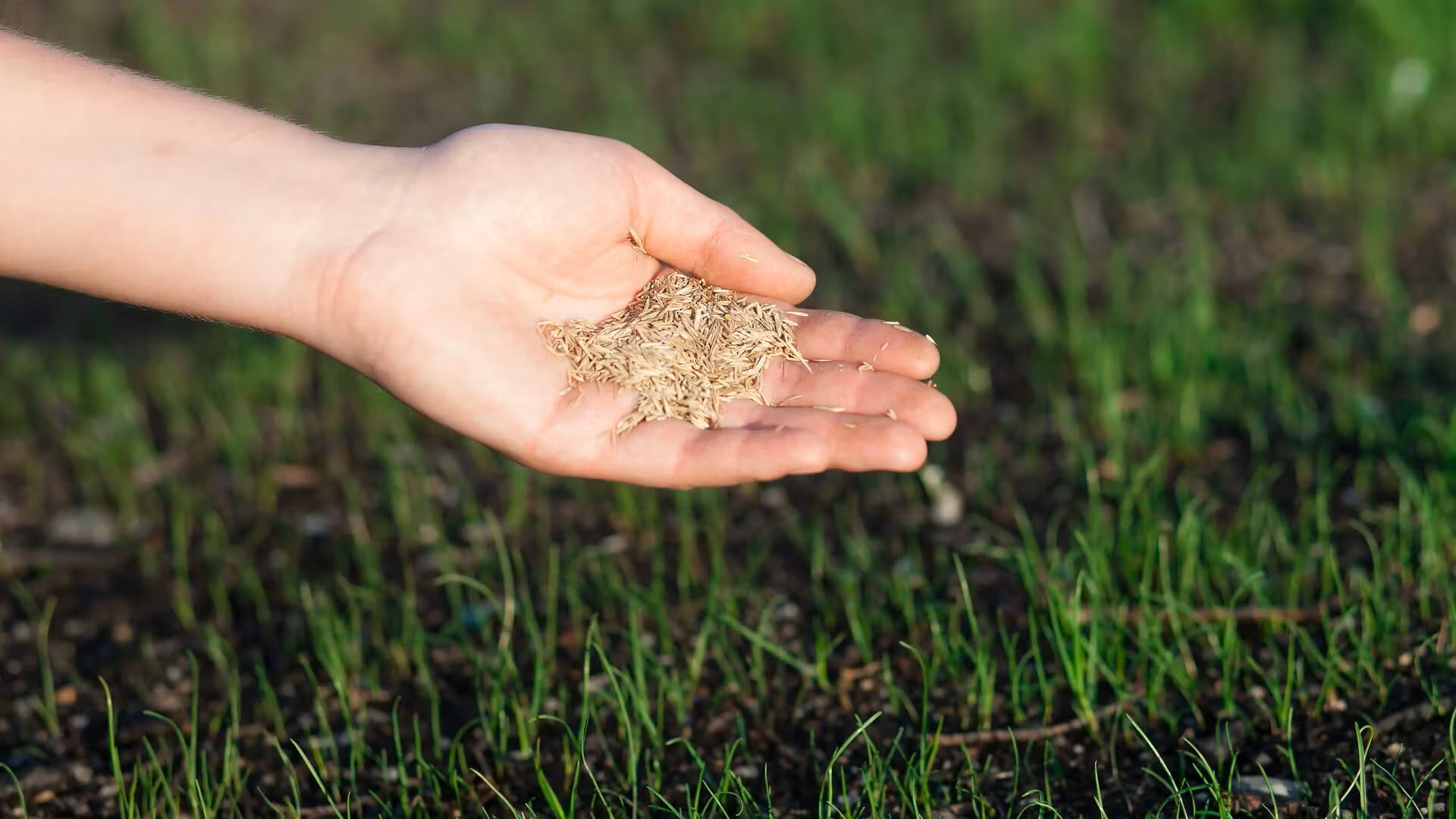

Garden Essentials
When To Put Down Bermuda Seed
Modified: March 29, 2024
Learn when is the best time to put down Bermuda seed in your garden and ensure successful growth with our expert gardening tips.
(Many of the links in this article redirect to a specific reviewed product. Your purchase of these products through affiliate links helps to generate commission for Storables.com, at no extra cost. Learn more)
Introduction
Planting Bermuda seed is an exciting endeavor for garden enthusiasts looking to establish a vibrant and resilient lawn or landscape. Bermuda grass, known for its drought tolerance, durability, and exceptional growth, is a popular choice for homeowners and professional landscapers alike.
While Bermuda seed can be an excellent investment, it’s essential to consider various factors before embarking on the planting journey. This article will guide you through the key considerations, optimal season, soil preparation, environmental conditions, and signs of readiness for planting Bermuda seed.
By understanding these crucial elements, you can ensure the successful establishment of a healthy and beautiful Bermuda grass lawn or landscape.
Key Takeaways:
- Choose late spring or early summer to plant Bermuda seed for a thriving lawn. The warm soil temperature and longer days promote rapid growth and healthy establishment.
- Prepare the soil, monitor environmental conditions, and look for signs of readiness before planting Bermuda seed. These steps ensure optimal growth and a beautiful lawn.
Read more: When To Put Grass Seed Down In The Spring
Factors to Consider for Planting Bermuda Seed
Before diving into the process of planting Bermuda seed, it’s important to carefully consider a few key factors that can significantly impact the success of your lawn or landscape. Taking these factors into account will help you make informed decisions and create the optimal conditions for Bermuda grass to thrive.
- Climate: Bermuda grass is best suited for warm climates with full sun exposure. It thrives in regions with hot summers and mild winters, such as the southern United States. Consider your local climate and ensure it is suitable for Bermuda grass before proceeding with planting.
- Usage: Determine the primary use of your lawn or landscape. Bermuda grass is highly durable and can handle heavy foot traffic, making it ideal for active families, outdoor activities, and sports fields. However, if you’re looking for a low-maintenance ornamental lawn, consider other grass varieties that require less mowing and care.
- Soil Type: Bermuda grass is adaptable and can grow in a wide range of soil types, including sandy, loamy, and clay soils. However, it prefers well-draining soil with a pH level between 6 and 7. Conduct a soil test to assess the nutrient levels and pH of your soil before planting Bermuda seed. This will help you determine if any amendments, such as lime or fertilizer, are necessary.
- Water Availability: Bermuda grass is known for its drought tolerance. However, it still requires regular watering for optimal growth and health, especially during dry periods. Consider the availability of water in your area and ensure you can provide sufficient irrigation to support the needs of Bermuda grass.
- Maintenance: Bermuda grass requires regular maintenance, including mowing, fertilizing, and weed control. Assess your dedication and ability to commit to the necessary maintenance tasks before choosing to plant Bermuda seed.
- Compatibility with Existing Plants: If you have existing plants or trees in your landscape, consider how well Bermuda grass will coexist with them. Due to its aggressive growth habit, Bermuda grass may overtake and suppress other plants if not properly contained.
- Local Regulations: Check for any local regulations or homeowner association requirements regarding the type of grass allowed in your area. Some regions may have limitations on grass varieties, particularly in water-restricted zones.
Considering these factors will help you determine if Bermuda seed is the right choice for your lawn or landscape. It’s vital to create an environment that aligns with Bermuda grass’s needs to ensure a thriving and visually appealing result.
Optimal Season for Planting Bermuda Seed
The success of planting Bermuda seed heavily relies on choosing the right season. Bermuda grass is warm-season grass, meaning it thrives in hot temperatures and goes dormant during the cooler months. Selecting the optimal season for planting will ensure that the Bermuda seed germinates and establishes successfully, resulting in a lush and healthy lawn.
The best time to plant Bermuda seed is during late spring or early summer when the soil temperature consistently reaches around 65°F (18°C) or higher. This temperature range is optimal for seed germination. It allows the seeds to absorb moisture and nutrients from the soil, encouraging rapid growth and establishment of the grass.
Planting Bermuda seed during the warmer months also takes advantage of the longer days and increased sunlight, which are crucial for promoting healthy growth. The extended daylight hours facilitate photosynthesis, helping Bermuda grass develop a robust root system and lush foliage.
If you miss the window for spring or early summer planting, don’t fret. Bermuda grass can still be successfully planted in late summer or early fall, as long as there is ample time for the grass to establish roots before winter. However, it’s important to note that planting Bermuda seed during the hotter months requires careful attention to watering, as the seedlings are more susceptible to drying out.
It’s worth mentioning that Bermuda grass can also be established through sodding or sprigging methods. Sodding involves laying down rolls of mature Bermuda grass directly onto prepared soil, providing an instant green lawn. Sprigging, on the other hand, involves planting Bermuda grass clippings or small plugs into the soil. Both methods can be done during the recommended planting seasons, but the availability and cost of sod or sprigs may vary.
To ensure a successful planting season, monitor the soil temperature in your area and wait until it reaches the appropriate range. This can be done using a soil thermometer or by checking local gardening resources for average soil temperature data in your region.
In summary, the optimal season for planting Bermuda seed is late spring or early summer when the soil temperature consistently reaches 65°F (18°C) or higher. This timing takes advantage of the warm temperatures, longer days, and increased sunlight, promoting rapid germination and healthy growth. However, late summer or early fall can also be suitable for planting, provided there is sufficient time for the grass to establish roots before winter. Consider these factors and select the best planting season for your Bermuda grass to flourish.
Soil Preparation for Planting Bermuda Seed
Proper soil preparation is essential for successful establishment when planting Bermuda seed. Investing time and effort in preparing the soil will create a favorable environment for the seeds to germinate, develop strong root systems, and ultimately result in a healthy and lush Bermuda grass lawn.
Follow these steps to prepare the soil effectively:
- Remove existing vegetation: Start by removing any existing grass, weeds, or vegetation from the planting area. Use a sod cutter or tiller to break up and remove the old turf and roots. This will ensure that the Bermuda grass seed has direct contact with the soil for better germination.
- Test and amend the soil: Conduct a soil test to assess the nutrient levels and pH of the soil. This will help determine if any amendments are needed to optimize the conditions for Bermuda grass growth. Add lime if the pH is too low or sulfur if it is too high. Additionally, incorporate organic matter such as compost or well-rotted manure to improve soil structure and fertility.
- Loosen the soil: Use a tiller or garden fork to loosen the soil to a depth of 4 to 6 inches (10 to 15 cm). Break up any large clumps and remove rocks, roots, or debris that may hinder the seed’s ability to establish contact with the soil.
- Level the surface: Smooth out the soil surface using a rake or a leveling tool. This will ensure a uniform growing surface and help prevent water pooling or uneven growth of the Bermuda grass.
- Irrigation: Before planting Bermuda seed, thoroughly water the prepared soil to moisten it. This will provide the necessary moisture for seed germination and help settle the soil.
- Seed distribution: Spread the Bermuda grass seed evenly over the prepared soil using a seed spreader. Follow the recommended seeding rate provided by the seed manufacturer to ensure proper coverage. Lightly rake the soil or roll with a seed roller to ensure good seed-to-soil contact.
- Watering: After seeding, water the area gently to keep the soil moist. Frequent and light watering is key during the germination period. Avoid overwatering and creating puddles, as this may wash away the seeds or promote fungal diseases.
It’s important to note that soil preparation should be done a few weeks prior to planting Bermuda seed. This allows amendments to integrate into the soil and gives time for any weed seeds to germinate, which can then be eliminated before planting.
Lastly, follow the specific instructions provided by the Bermuda seed manufacturer regarding soil preparation and watering for optimal results. Every seed variety may have slightly different recommendations, so it’s essential to consult the packaging or consult with a local gardening expert.
By dedicating time to properly prepare the soil, you set the foundation for a healthy Bermuda grass lawn that will provide beauty and enjoyment for years to come.
Plant Bermuda seed when soil temperatures consistently reach 65-70°F (18-21°C) in the spring. This is typically around late April to early May, depending on your location.
Environmental Conditions for Planting Bermuda Seed
When planting Bermuda seed, it’s important to consider the environmental conditions that can affect its germination and establishment. By understanding and adapting to these conditions, you can create an ideal environment for Bermuda grass growth and ensure the success of your lawn or landscape.
Here are the key environmental factors to consider:
- Temperature: Bermuda grass is a warm-season grass that thrives in temperatures between 75°F and 90°F (24°C and 32°C). Planting Bermuda seed when the soil temperature consistently reaches 65°F (18°C) or higher will encourage germination. Ensure that the temperature range remains favorable throughout the planting and germination period.
- Sunlight: Bermuda grass requires full sun exposure to flourish. It needs at least 6 to 8 hours of direct sunlight per day. Select an open area without shade from buildings, trees, or other structures that can obstruct sunlight and inhibit the growth of Bermuda grass seedlings.
- Wind: Strong winds can dislodge or scatter the Bermuda grass seeds before they have a chance to germinate. Ensure that the planting area is shielded from excessive wind or consider using netting or temporary windbreaks until the seedlings are established.
- Rainfall: Adequate moisture is crucial for Bermuda grass seed germination and establishment. While Bermuda grass is known for its drought tolerance, the initial stages require consistent and light watering. If your climate does not provide sufficient rainfall, be prepared to supplement with regular irrigation during the germination period.
- Humidity: Bermuda grass prefers moderate to high humidity levels. If you live in an arid or dry climate, consider using shade cloth or misters to increase humidity around the planted area and provide a more favorable environment for the seeds to germinate.
- Pest and weed control: Before planting Bermuda seed, ensure that the planting area is free from pests, diseases, and weeds. Apply appropriate treatments or herbicides to eliminate any existing weeds or pests that can hinder the growth of the Bermuda grass seedlings.
Monitoring and adjusting these environmental conditions will significantly contribute to the successful growth and establishment of Bermuda grass. Regularly check the weather forecasts, soil moisture levels, and potential pest or weed infestations to make timely adjustments and interventions as needed.
Remember, creating an optimal environment for Bermuda grass not only results in a healthy and beautiful lawn but also helps the grass withstand various stresses and maintain its vigor throughout the growing season.
Read more: When To Put New Grass Seed Down
Signs of Readiness for Planting Bermuda Seed
Before planting Bermuda seed, it’s important to ensure that the conditions are ideal for successful germination and establishment. By recognizing the signs of readiness, you can maximize the chances of a thriving Bermuda grass lawn or landscape. Here are some key indicators to look for:
- Soil Temperature: Check the soil temperature using a soil thermometer. Bermuda grass seed germinates best when the soil consistently reaches 65°F (18°C) or higher. Waiting for the soil to warm up to this temperature ensures that the seeds have optimal conditions for germination and root development.
- Soil Moisture: Assess the moisture level of the soil. The soil should be moist but not overly saturated. One way to test this is by taking a handful of soil and squeezing it gently. If it holds together without excessive water dripping from your hand, it is at the right moisture level for planting Bermuda seed. If the soil is too dry, consider watering it thoroughly a few days before planting.
- Weed Control: Ensure that the planting area is free from weeds or invasive plant species. If there are any weeds present, eliminate them before planting Bermuda seed. This will prevent competition for nutrients and space, giving the Bermuda grass seedlings a better chance to establish themselves.
- Weather and Season: Consider the current weather conditions and the time of year. Plant Bermuda seed during the recommended planting season, usually late spring or early summer, when the soil temperature is ideal and consistent warm weather is expected. Avoid planting during periods of extreme heat, heavy rain, or cold snaps, as these conditions can negatively impact seed germination and growth.
- Preparation of Soil: Ensure that you have properly prepared the soil for planting Bermuda seed. The soil should be loose, well-draining, and amended as needed with organic matter or nutrients. Follow the recommended guidelines for soil preparation mentioned earlier in this article.
- Time and Commitment: Consider your availability and ability to provide the necessary care and maintenance. Once the Bermuda seed is planted, it requires regular watering, mowing, and weed control. Make sure you have the time and commitment to dedicate to these tasks to ensure the long-term success of your Bermuda grass lawn.
By observing these signs of readiness and addressing any necessary preparations, you can create an optimal environment for planting Bermuda seed. This will give your Bermuda grass the best chance to establish a healthy root system and thrive, resulting in a beautiful and resilient lawn or landscape.
Conclusion
Planting Bermuda seed can be a rewarding and fulfilling experience, leading to the establishment of a vibrant and lush Bermuda grass lawn or landscape. However, achieving success requires careful consideration of various factors, including the optimal season, soil preparation, environmental conditions, and signs of readiness.
Before embarking on the planting journey, it’s essential to assess the climate in your region, the intended usage of the lawn, and the soil type. Understanding these factors will help determine if Bermuda grass is the right choice for your specific needs. Additionally, ensure that you can dedicate the necessary time and effort to maintain the Bermuda grass and provide adequate irrigation.
Preparing the soil before planting is crucial for providing the Bermuda seed with optimal conditions for germination and root development. Removing existing vegetation, testing and amending the soil, and ensuring proper moisture levels are key steps in creating a fertile environment for the seeds to take root.
Consider the environmental conditions, such as temperature, sunlight, wind, rainfall, humidity, and pest control, that can impact the success of Bermuda grass. Adapting to these conditions and providing a favorable environment will support healthy growth and establishment of the grass.
Look for signs of readiness before planting Bermuda seed, including soil temperature, moisture level, weed control, and proper timing according to the season. By paying attention to these indicators, you can maximize the chances of successful germination and growth.
In conclusion, with proper planning and preparation, Bermuda grass can transform your lawn or landscape into a vibrant and resilient space. By understanding the factors involved, preparing the soil, considering environmental conditions, and recognizing signs of readiness, you can create an optimal environment for Bermuda grass to thrive. With regular maintenance and care, you will enjoy a beautiful, healthy, and lush Bermuda grass lawn for years to come.
Frequently Asked Questions about When To Put Down Bermuda Seed
Was this page helpful?
At Storables.com, we guarantee accurate and reliable information. Our content, validated by Expert Board Contributors, is crafted following stringent Editorial Policies. We're committed to providing you with well-researched, expert-backed insights for all your informational needs.
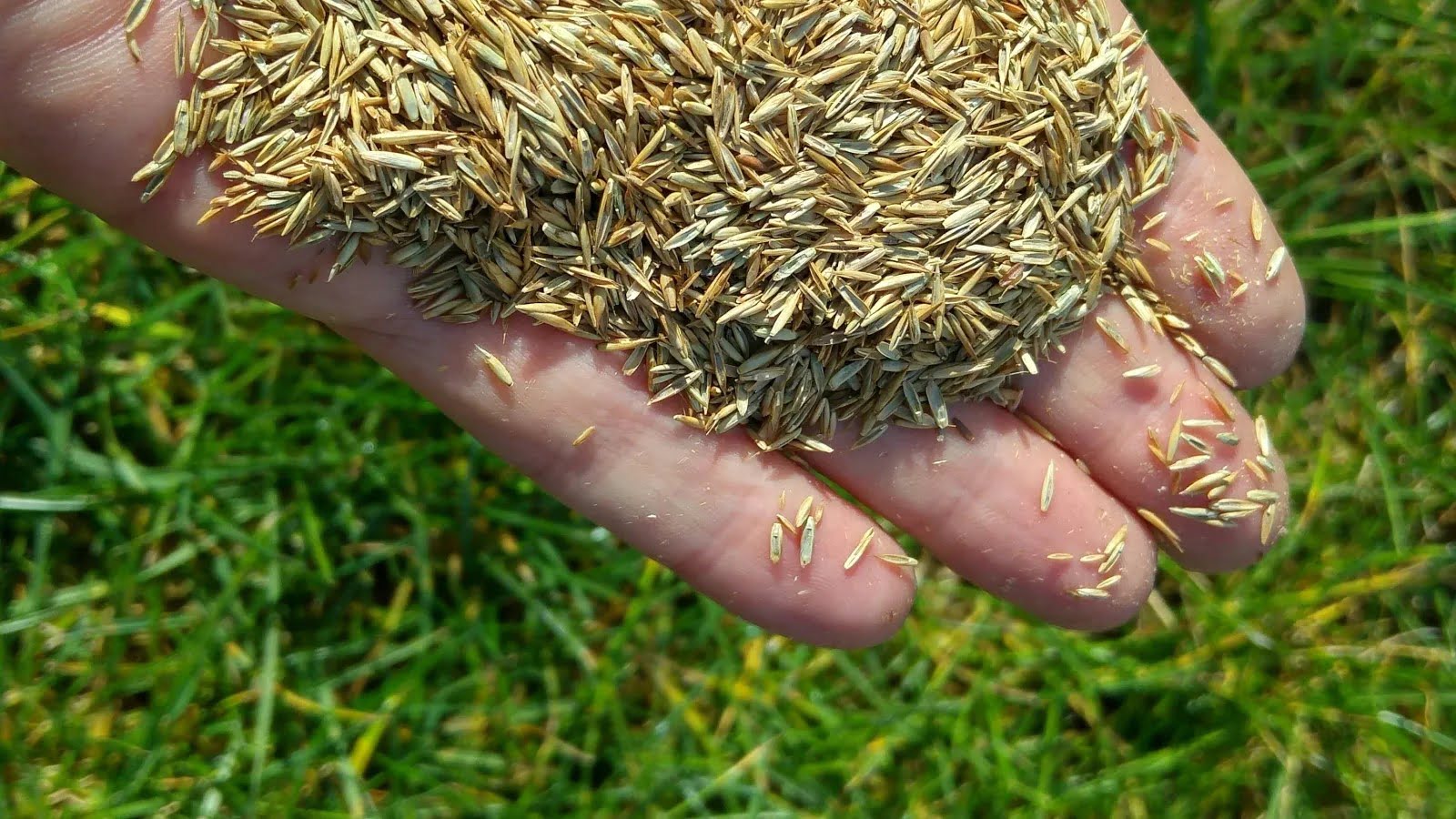
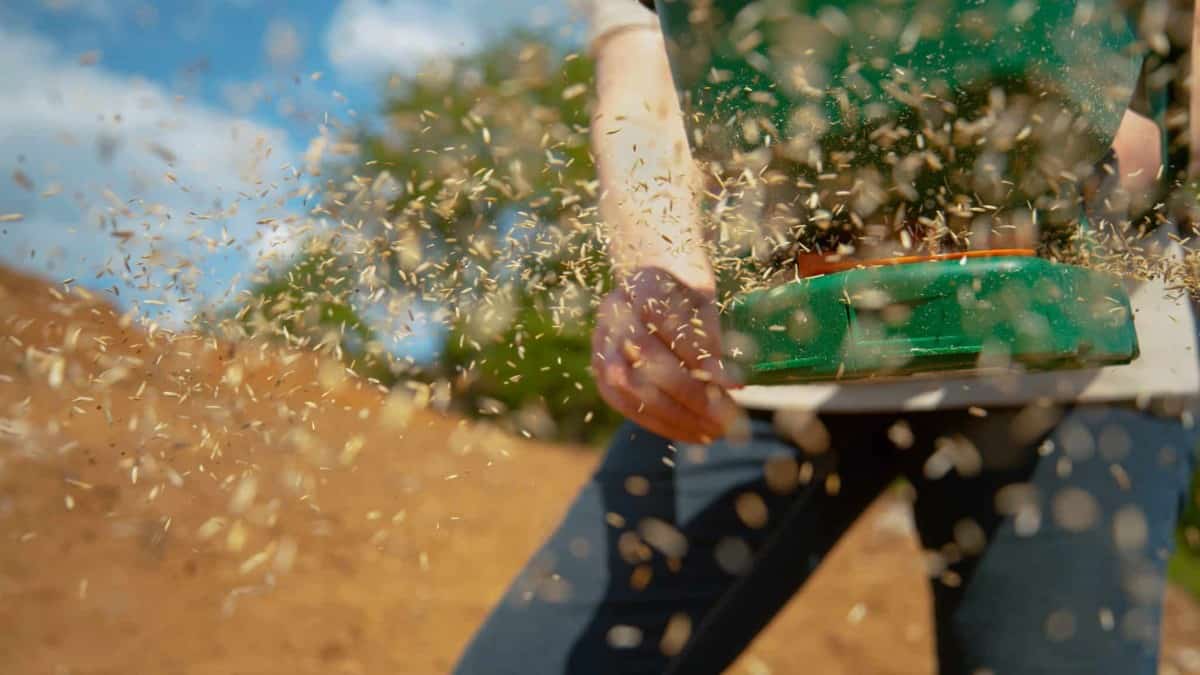
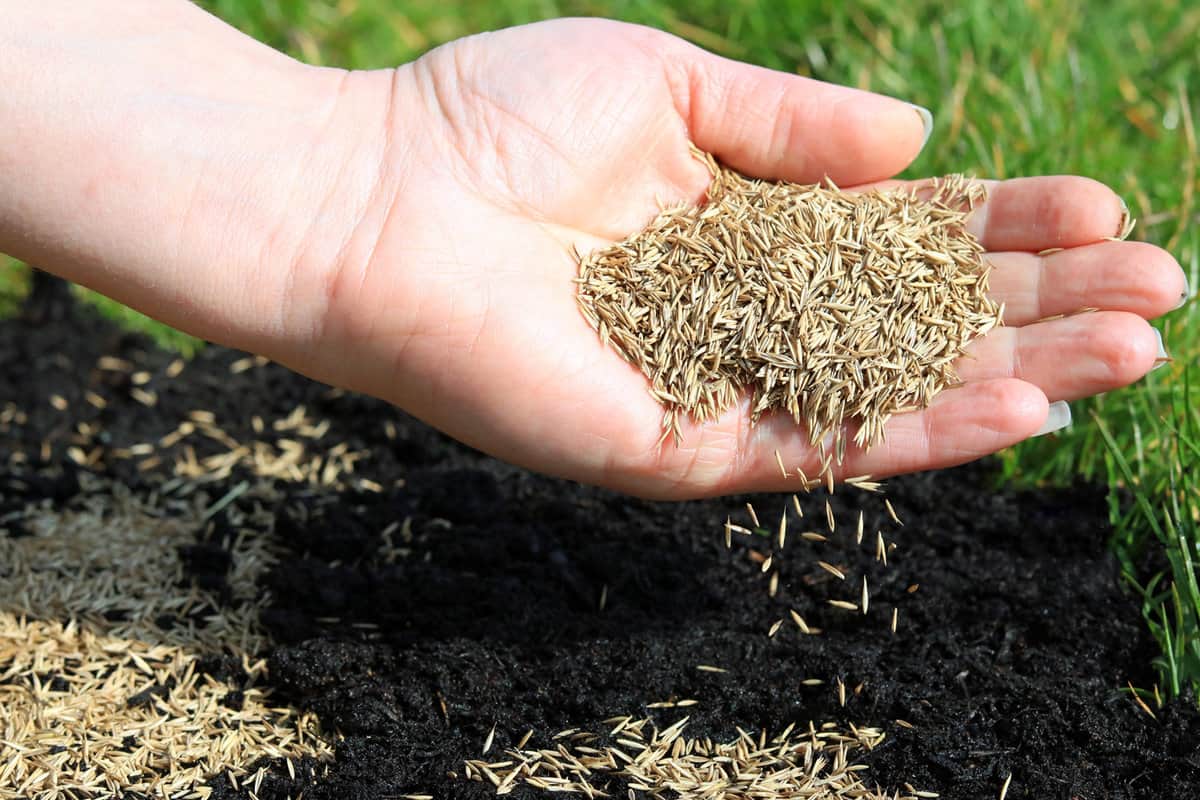

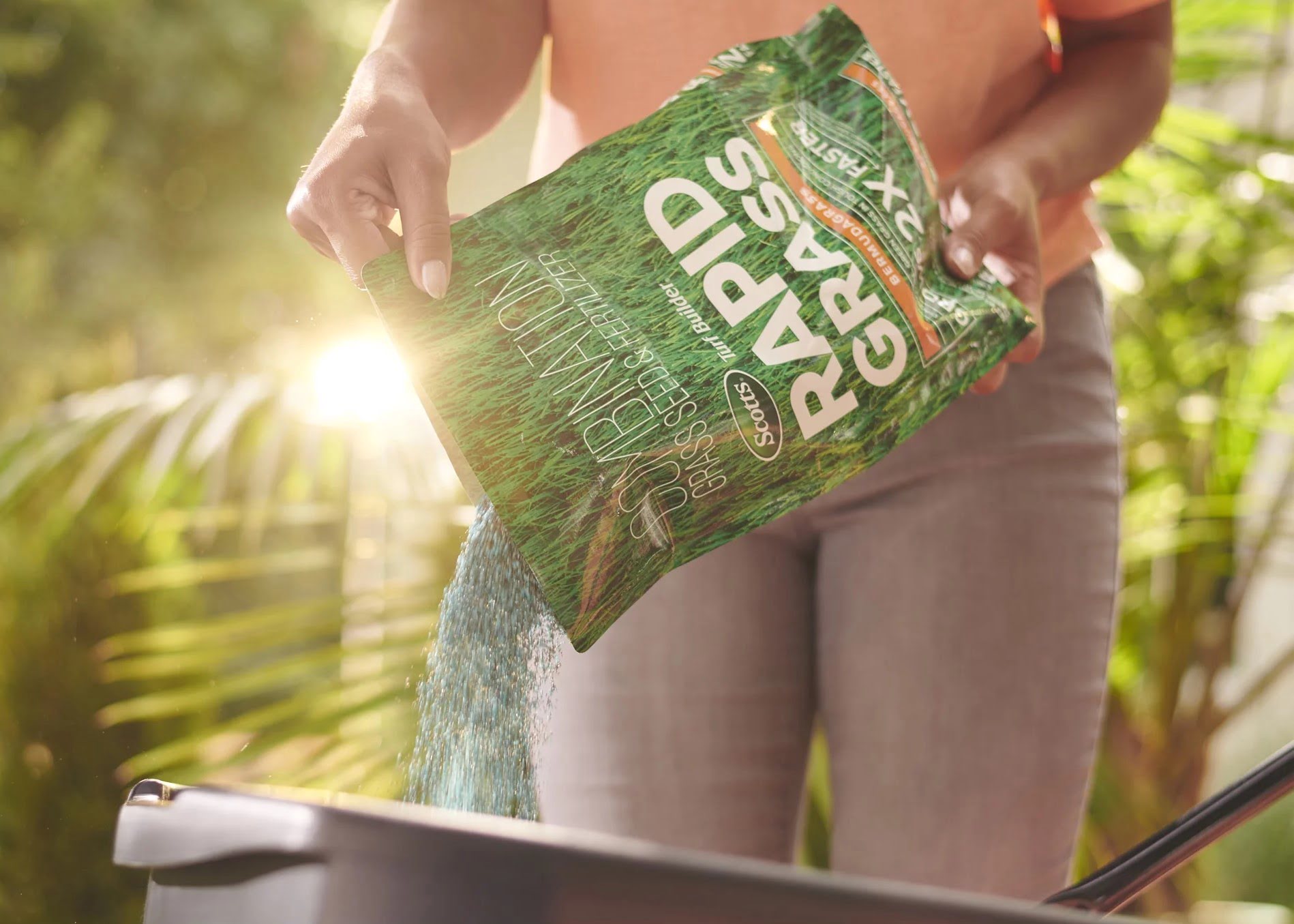
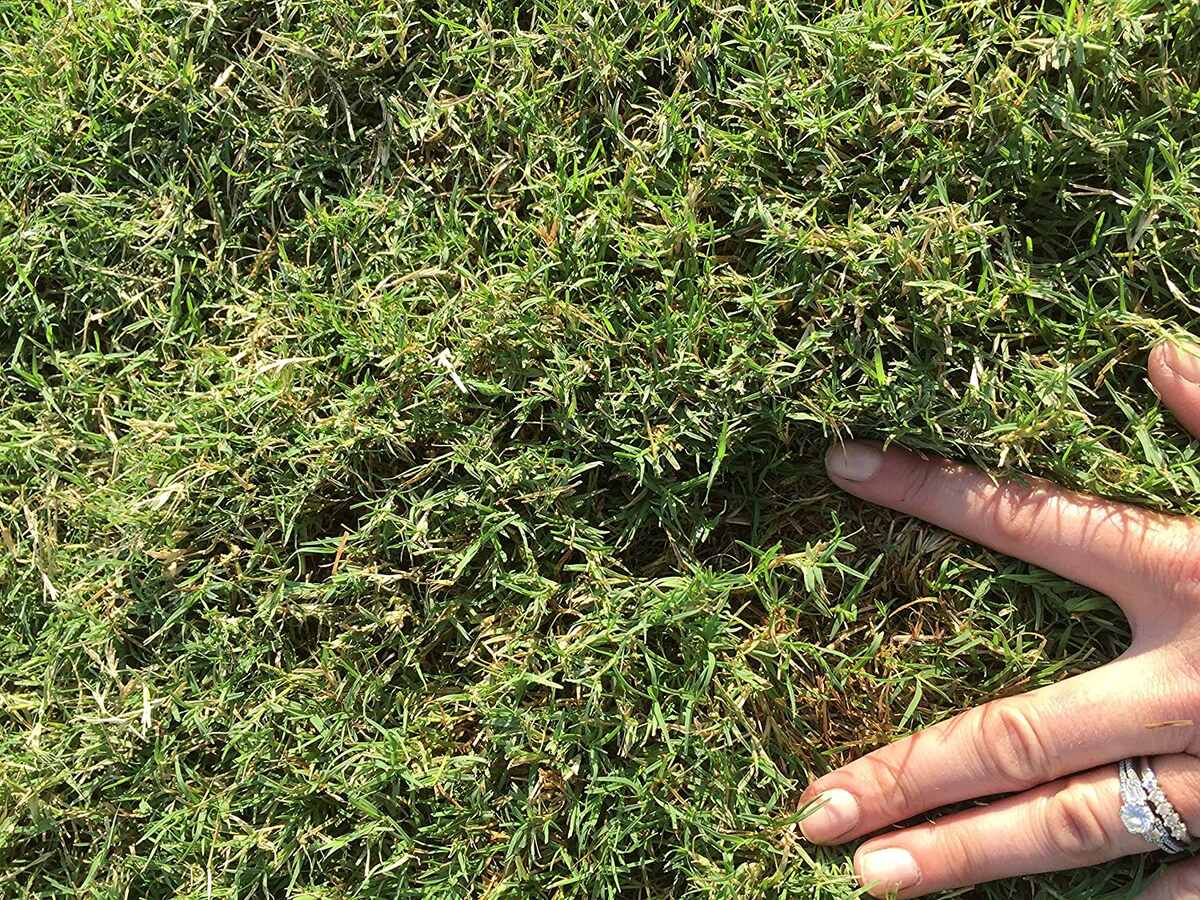
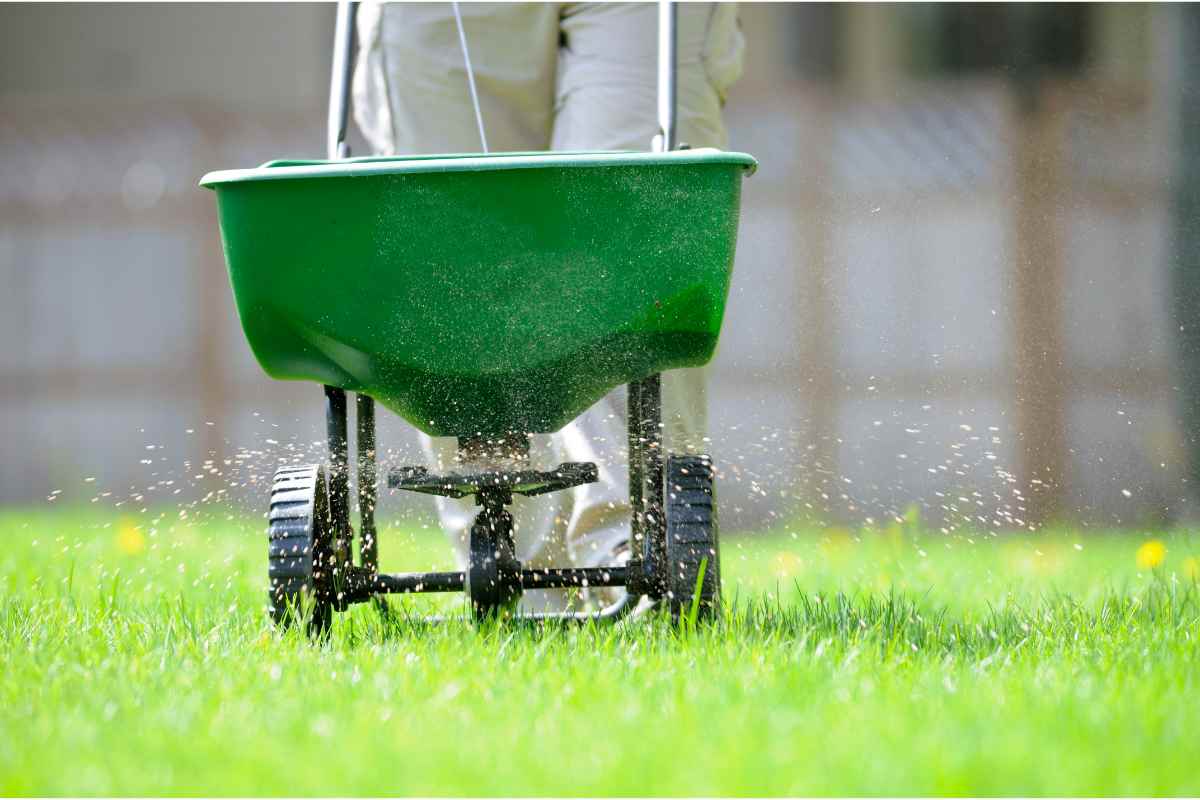
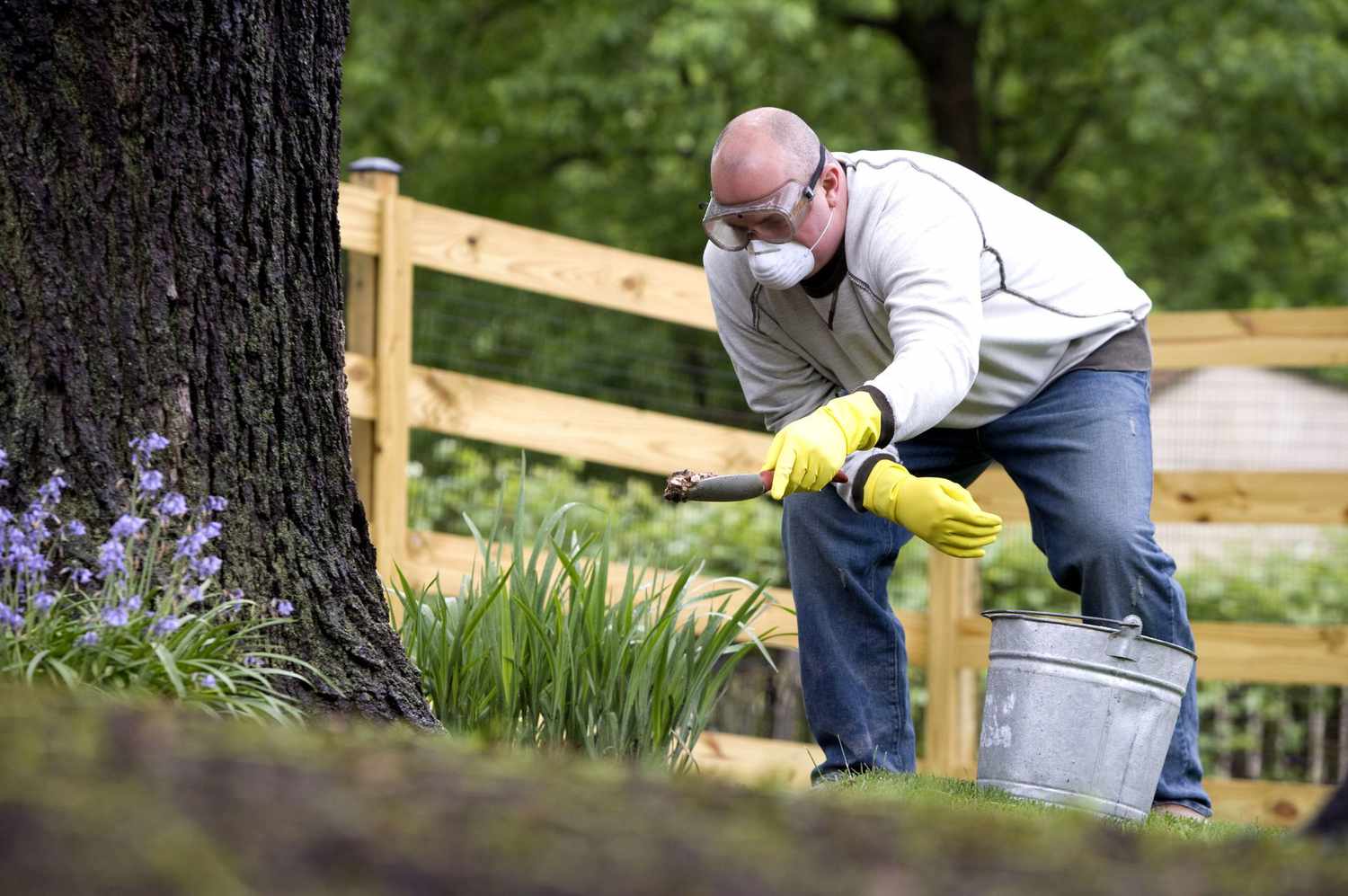
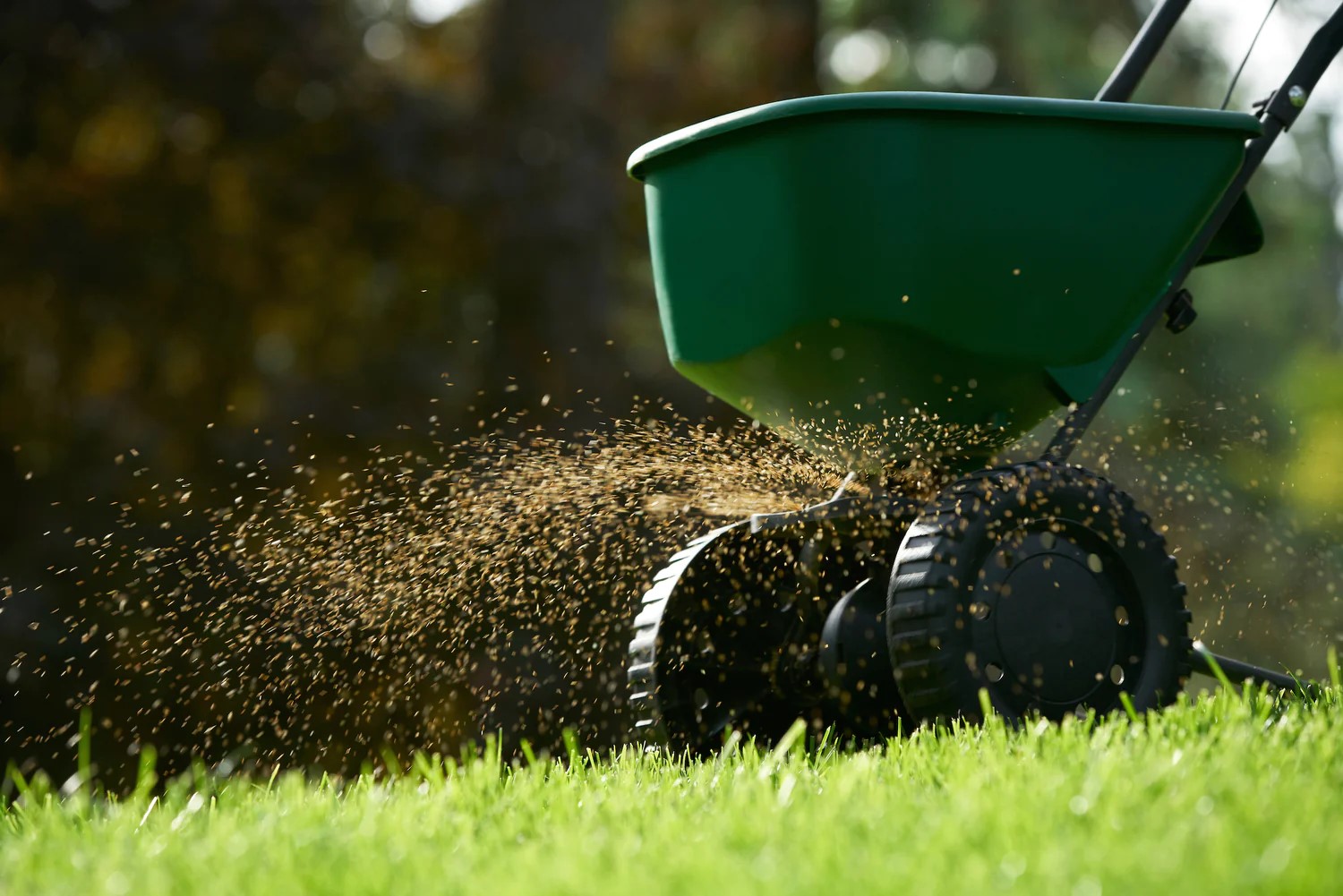
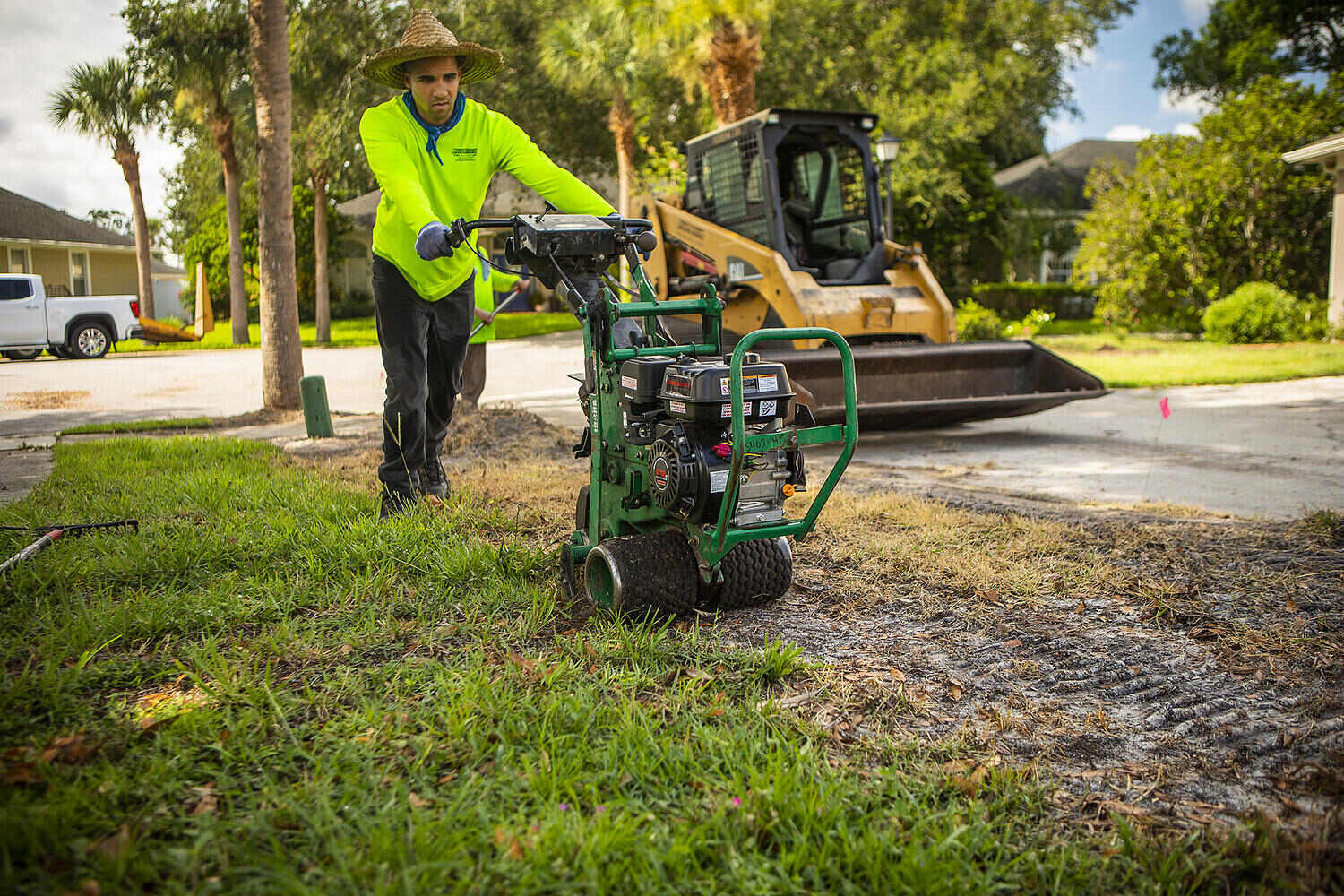

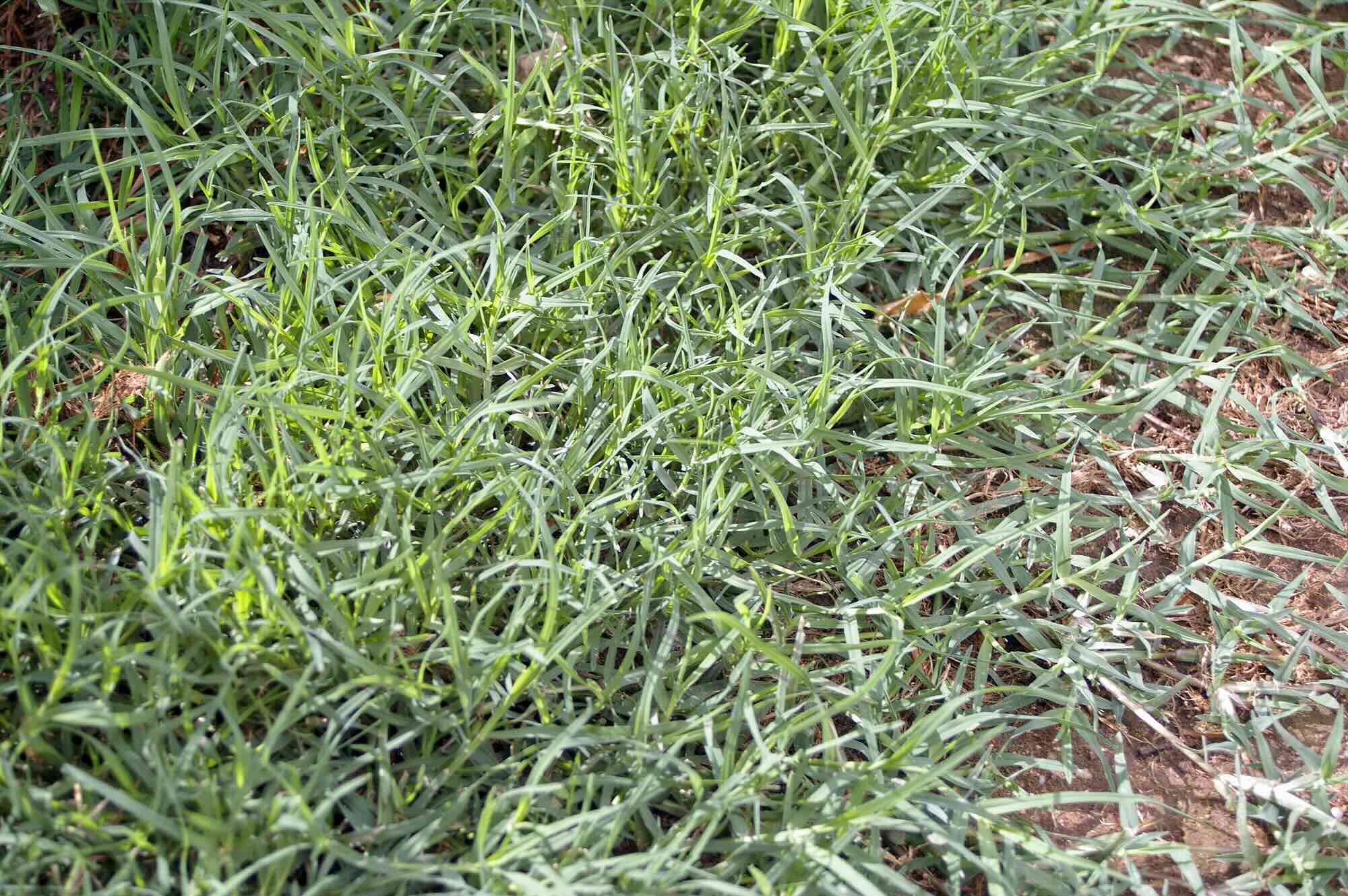
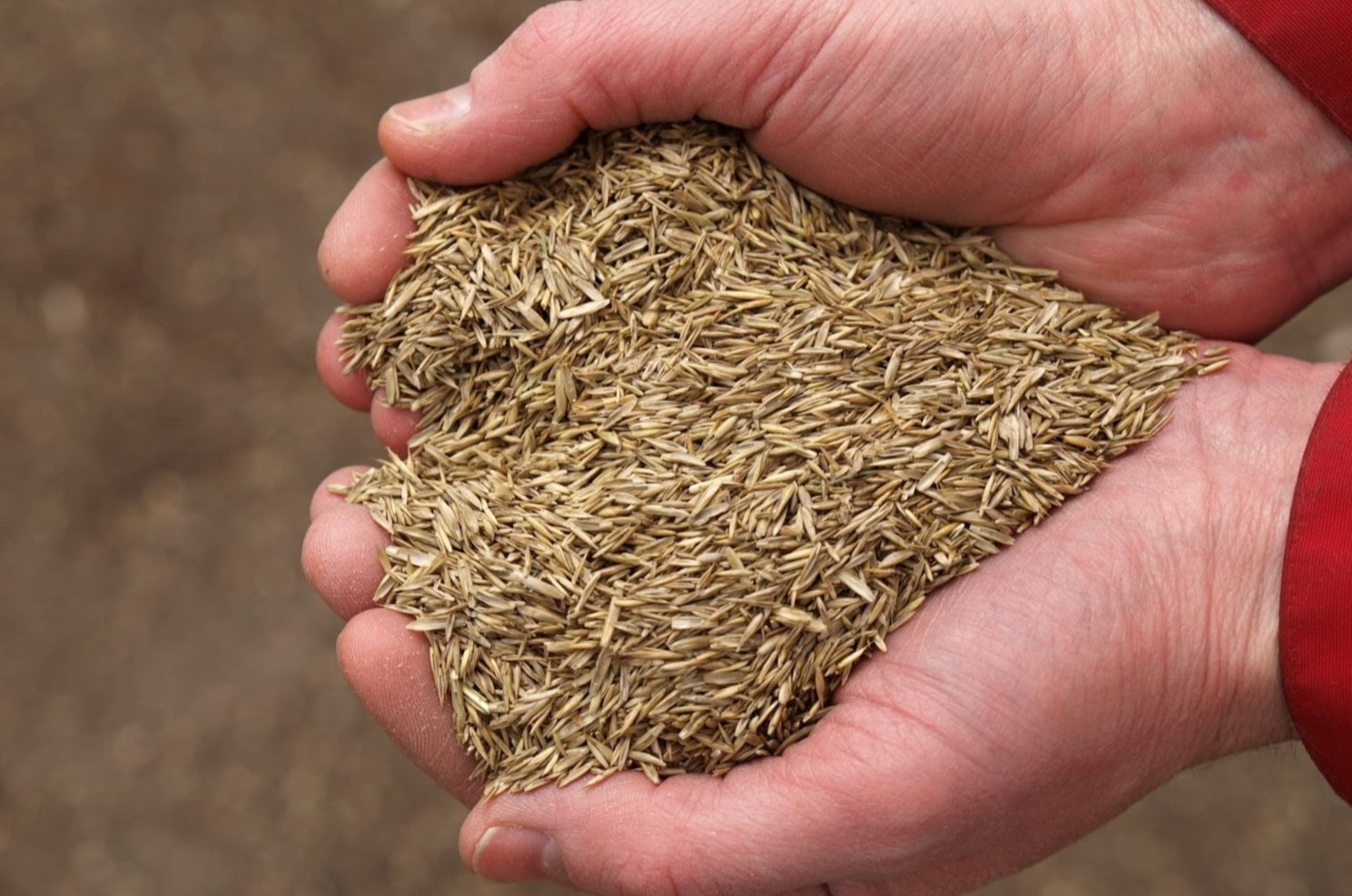
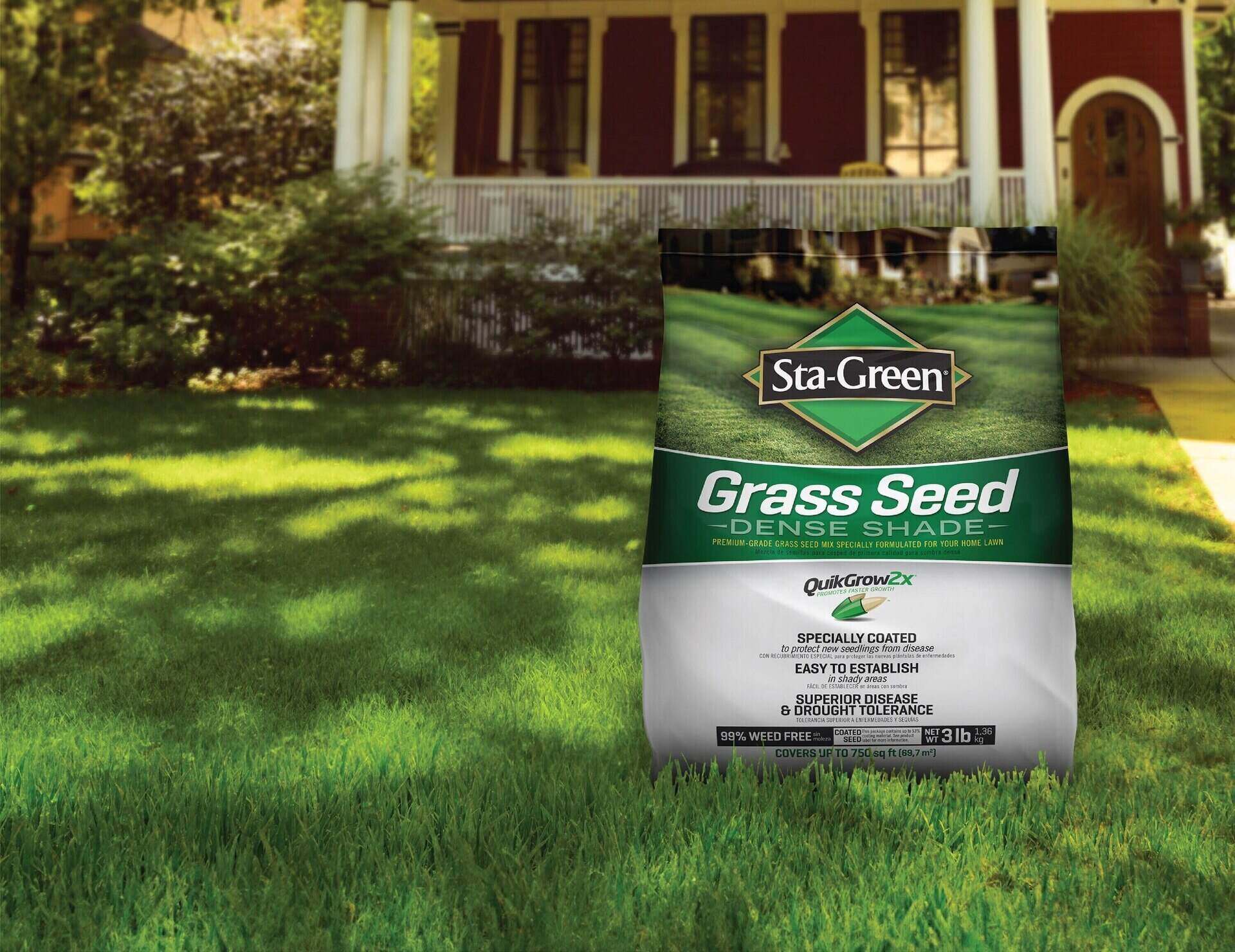

0 thoughts on “When To Put Down Bermuda Seed”